Search

Edamame: Harvest and Storage
Edamame is the Japanese name for edible, immature soybeans, which are cooked prior to eating. Learn how to select, grow, harvest and store edamame with this helpful guide!
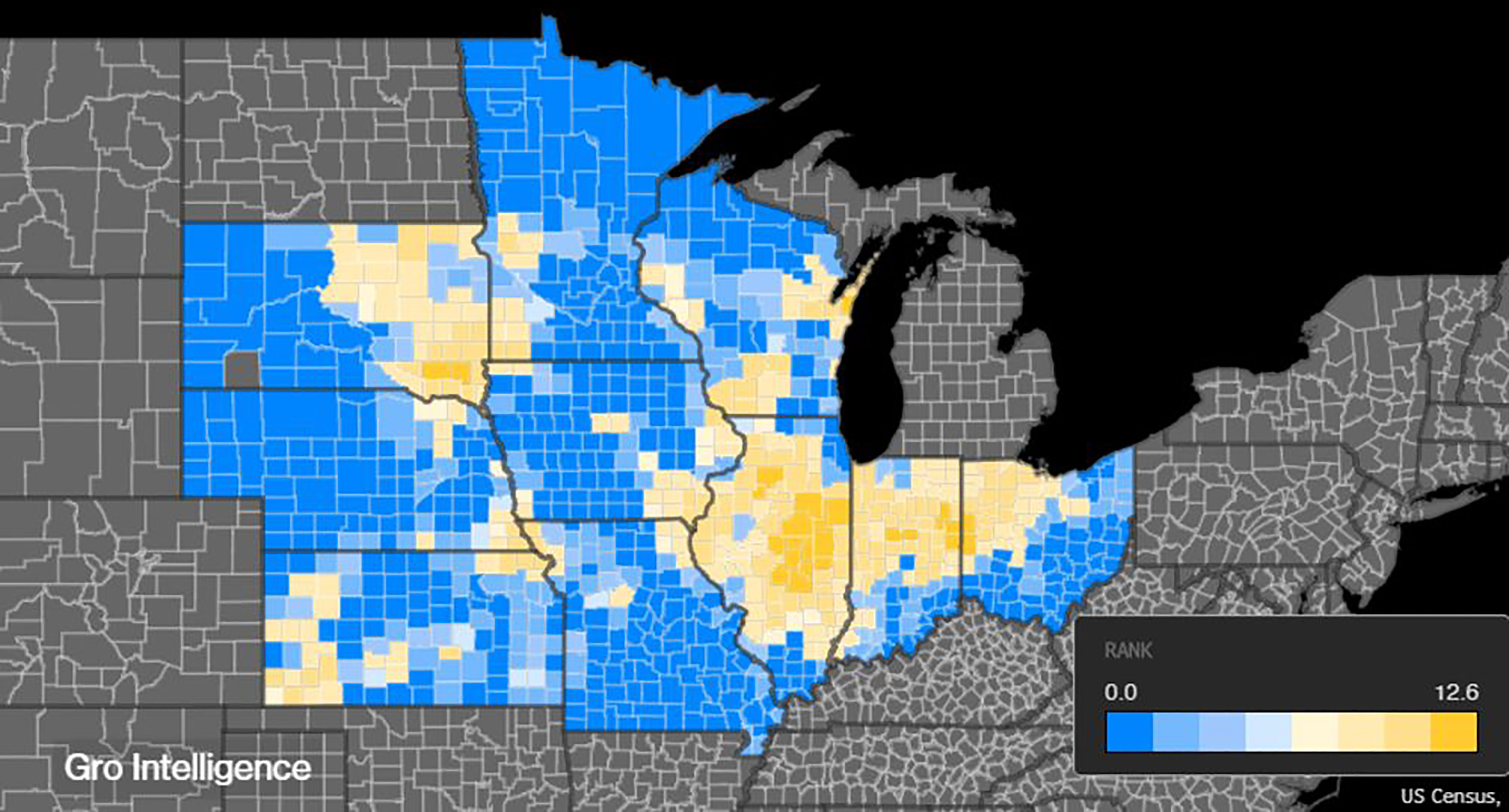
Stretching Corn Silage Supplies
During the 2002 drought there was a need to stretch corn silage supplies as a result of the drought that affected the U.S. Now we deal with the opposite scenario, where excessive spring rains have not allowed farmers to get to the fields. In both situations livestock producers face challenges.
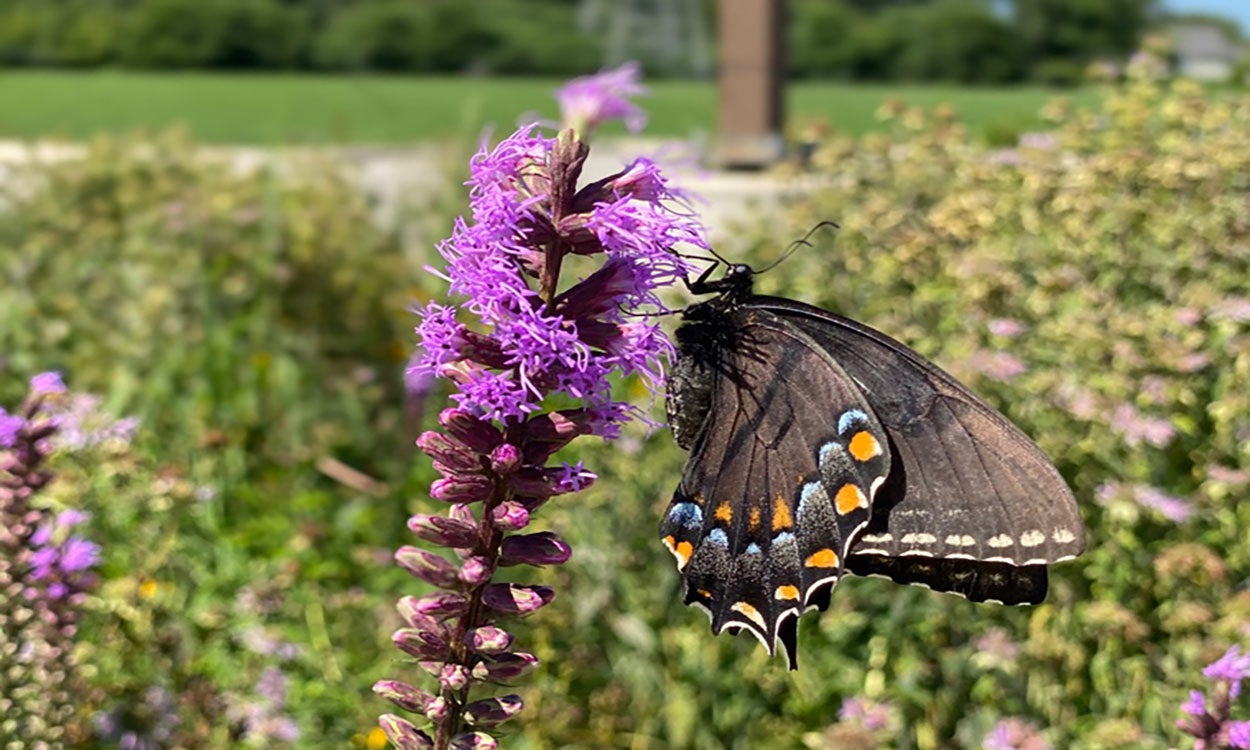
Five Range Management Principles: #3 Ecosystem Biodiversity
Milkweed can help make rangelands a better environment for both cattle and neighboring plants and animals by having a shielding effect on companion plants, preventing erosion and accelerating the decomposition process, whole also providing nectar, habitat and organic material for ecosystem services.
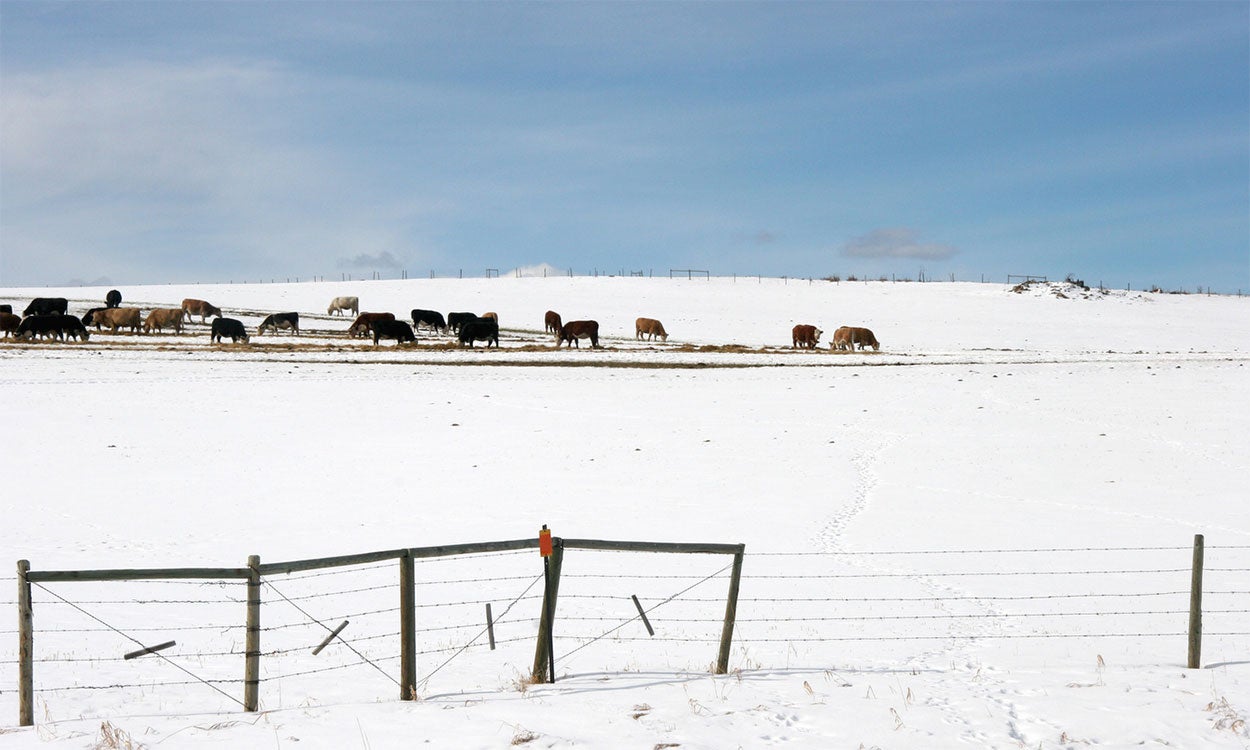
Winter Cow Supplementation and Cold Stress
Extreme winter weather makes it challenging to meet a cow’s nutrient requirements. With below-normal temperatures come challenges of ensuring adequate nutrition and protection for livestock, including being prepared to provide additional feed and shelter.
SDSU Extension to host Sheep Shearing School
September 03, 2024
Professional sheep shearers will provide hands-on training in safe animal handling, maintenance equipment and repair, wool quality and how to manage a sheep shearing business.
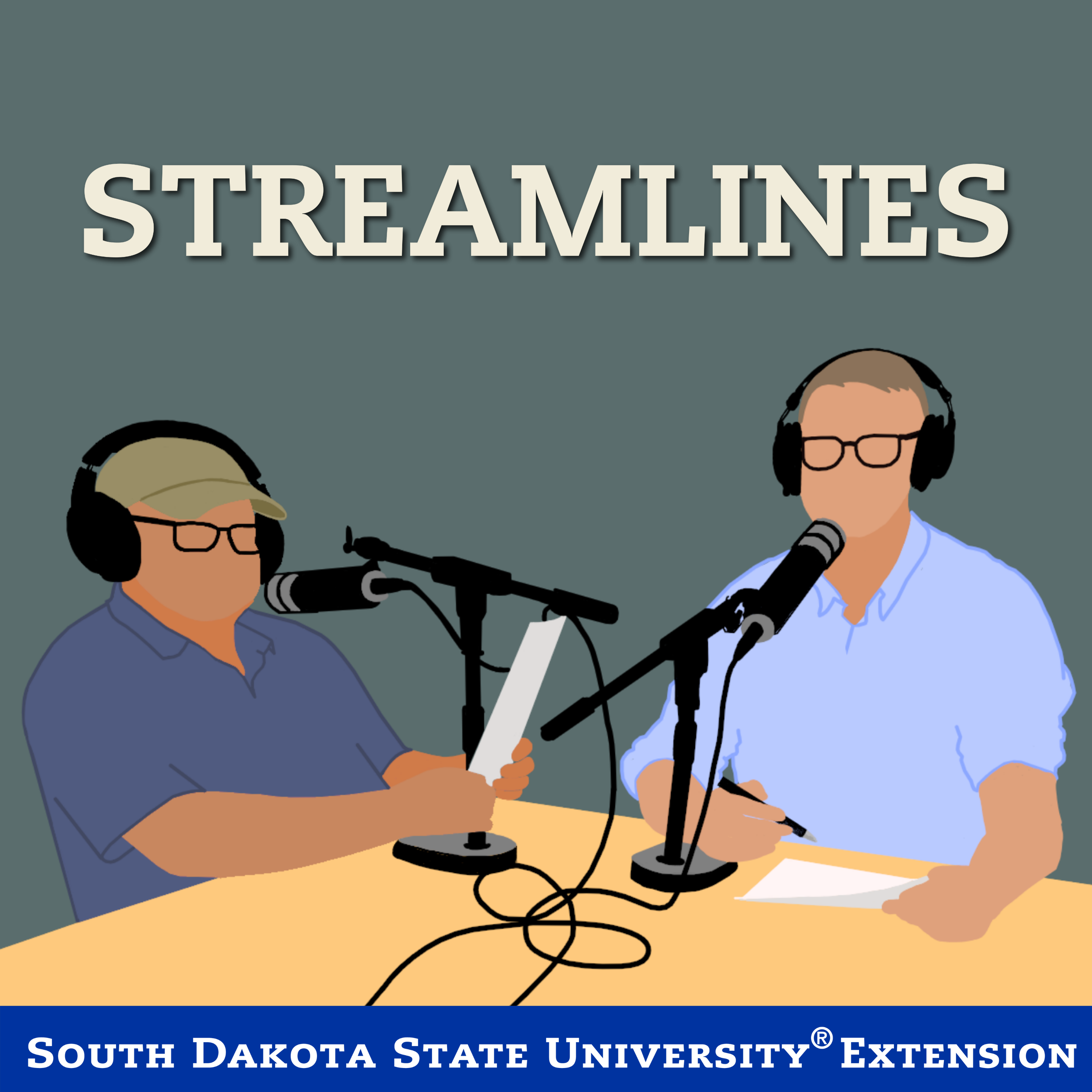
Streamlines Podcast
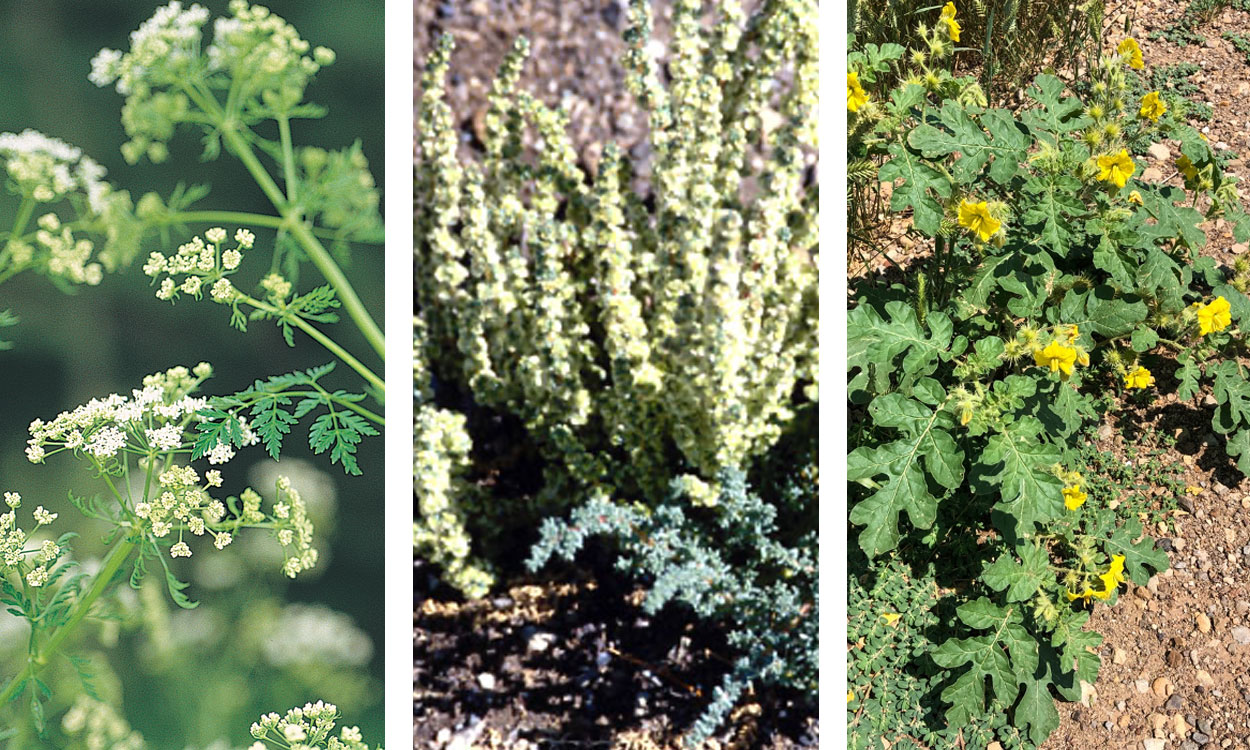
Poisonous Plants on Rangelands: Hemlock, Halogeton and Buffalo Bur
Several species of poisonous plants are invasive and can easily establish dense stands when there is a disturbance on rangelands. Hemlocks, halogeton and buffalo bur can all be found throughout South Dakota and are toxic to livestock.

Impacts in Food and Nutrition
SDSU Extension professionals use a holistic approach when providing quality and reliable information to all South Dakotans to support access to nutritious and safe food.
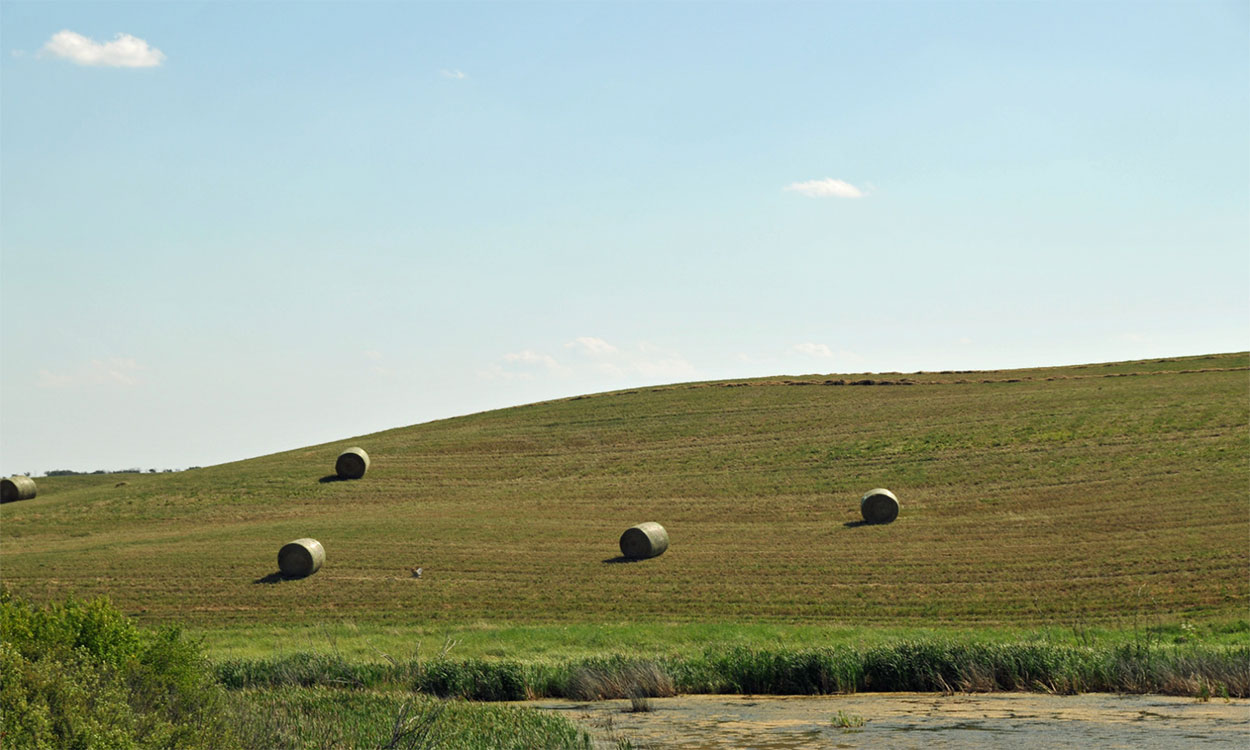
Haying and Mowing/Clipping
While grazing is the primary means of harvesting the majority of South Dakota’s native grasslands, haying also plays an important role in native and tame grassland management.

Farm Practices That Improve Soil Health: Cover Crops and Crop Residues
Planting cover crops and returning crop residues (stover) to the soil both adds nutrients and improves overall soil quality. These practices are common with producers across South Dakota and have been recently studied by researchers to identify how they impact the release of greenhouse gases into the atmosphere.